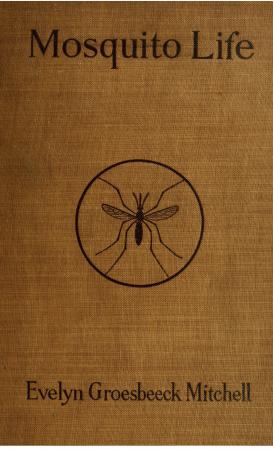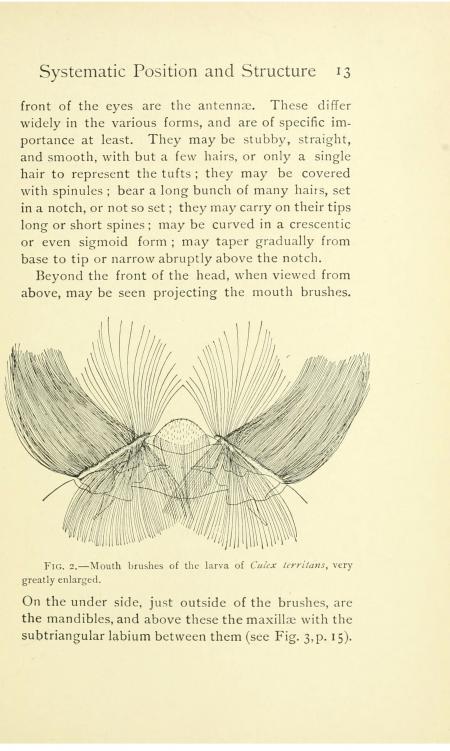Dr. Evelyn Groesbeeck Mitchell was an entomologist, medical doctor, passionate social reformer, and one of the most awe-inspiring figures I’ve encountered lately. Dr. Mitchell researched mosquitoes in Louisiana during a yellow fever epidemic in 1904. She helped establish women’s clinics in multiple cities to make sure low-income women could access medical care, and as if those activities are not impressive enough, she also worked as a doctor during the 1918 flu epidemic in a Pennsylvania mining town.
Dr. Mitchell had an insatiable desire to learn more about science as a young woman. She earned a bachelor’s degree in 1902 from Cornell, where she took as many neurology, anatomy, and vertebrate zoology classes as she could. In 1904, her professors recommended her as an assistant to the Surgeon General of Louisiana, Dr. James William Dupree, who was in need of an entomologist. It was during a yellow fever epidemic that Dr. Mitchell worked as an illustrator and field assistant for Dupree.

Later in 1904, Dr. Mitchell moved to Washington, D.C. to continue her education—which is when she came to the Smithsonian. From 1904 to 1912, she worked as a scientific illustrator at the United States National Museum, now the National Museum of Natural History. Dr. Mitchell joined the entomology department, but she was already well on her way to becoming an expert on North American mosquitoes. In 1906, she earned a master of science degree from George Washington University, and there, Dr. Mitchell wrote a thesis, "Keys to the Adults, Pupae, Larvae, Eggs of the North American Mosquitoes," inspired by her previous experience in the field. The following year, she published her thesis as a book, titled Mosquito Life. Recognizing the need for a key to better identify and control the mosquitoes she encountered, Dr. Mitchell authored and illustrated the book for experts and lay people to learn more about how mosquitoes breed, bite, transmit disease, and how they might be controlled.

While continuing her work as an illustrator at the Smithsonian, Dr. Mitchell earned an M.D. from Howard University in 1913. She went on to work in many hospitals in D.C., Philadelphia, and Massachusetts. From National American Woman Suffrage Association Records that contain information about Dr. Mitchell, we know that at least in part, Dr. Mitchell moved around so much because institutions wore her out. She combated that bureaucratic fatigue by involving herself directly in social reform activities, such as testifying in court to support women who had been assaulted or holding a discussion group with prisoners in Norfolk County Massachusetts. Sometimes, Dr. Mitchell took refuge in teaching at established universities, but she also volunteered at summer schools for underserved African American students.

I’ll share more stories about Dr. Mitchell in the future. While it can be difficult to find illuminating records about early women in science, we can learn so much about Dr. Mitchell, in part, because she moved in and out of many notable institutions and associations during her lifetime. Those institutions kept records that we can now mine for more information about the life and career of a remarkable scientist.
Related Collections
- National American Woman Suffrage Association Records, Library of Congress
- Mosquito Life by Evelyn Mitchell, Smithsonian Libraries via Biodiversity Heritage Library
Produced by the Smithsonian Institution Archives. For copyright questions, please see the Terms of Use.

Leave a Comment